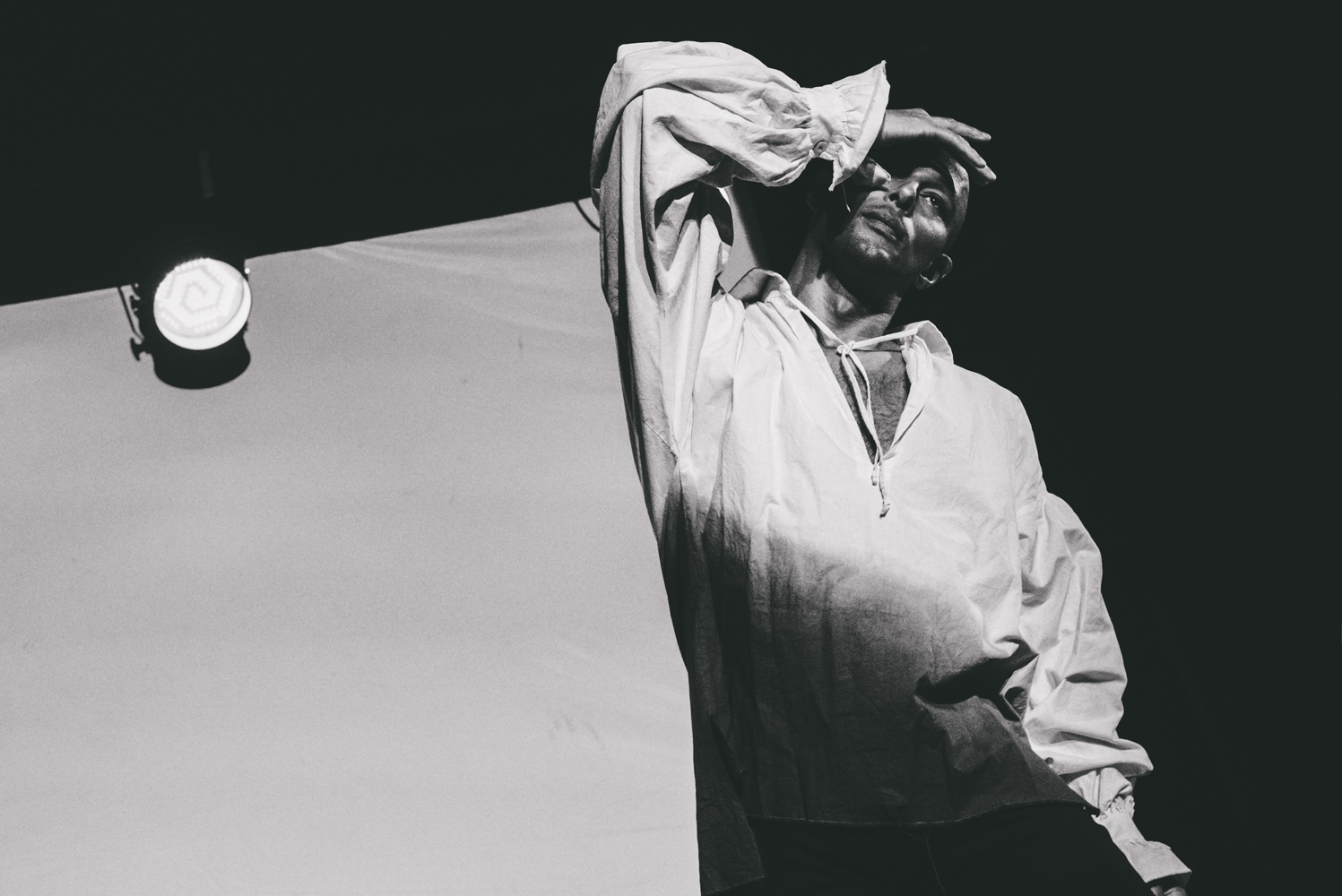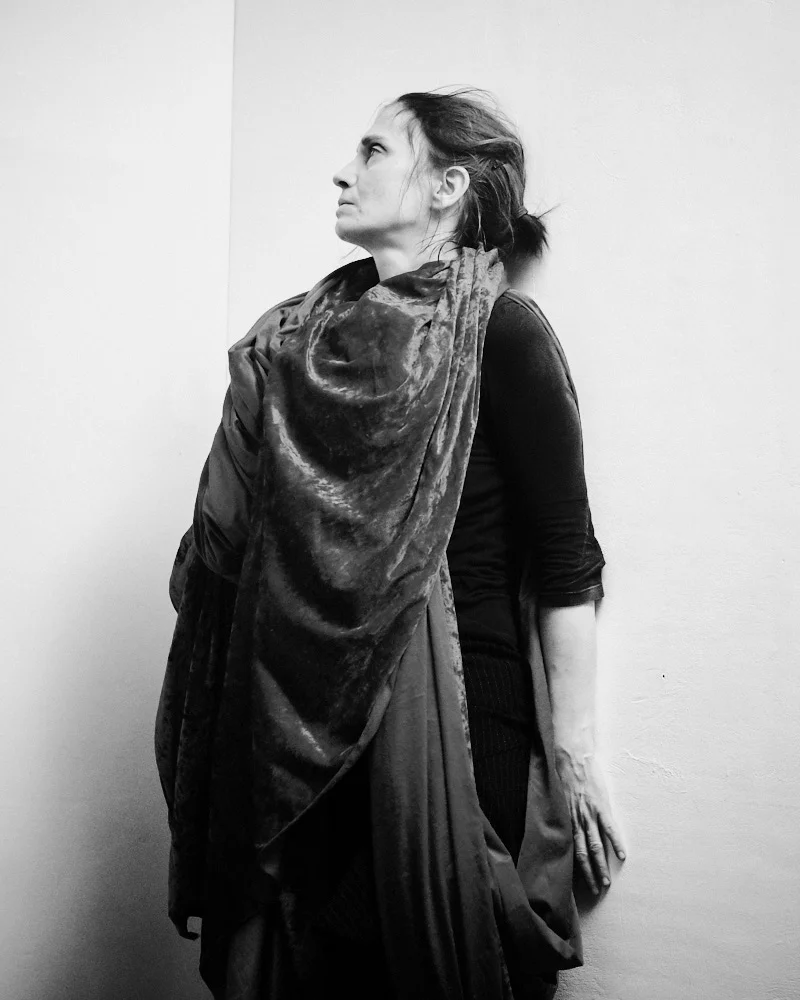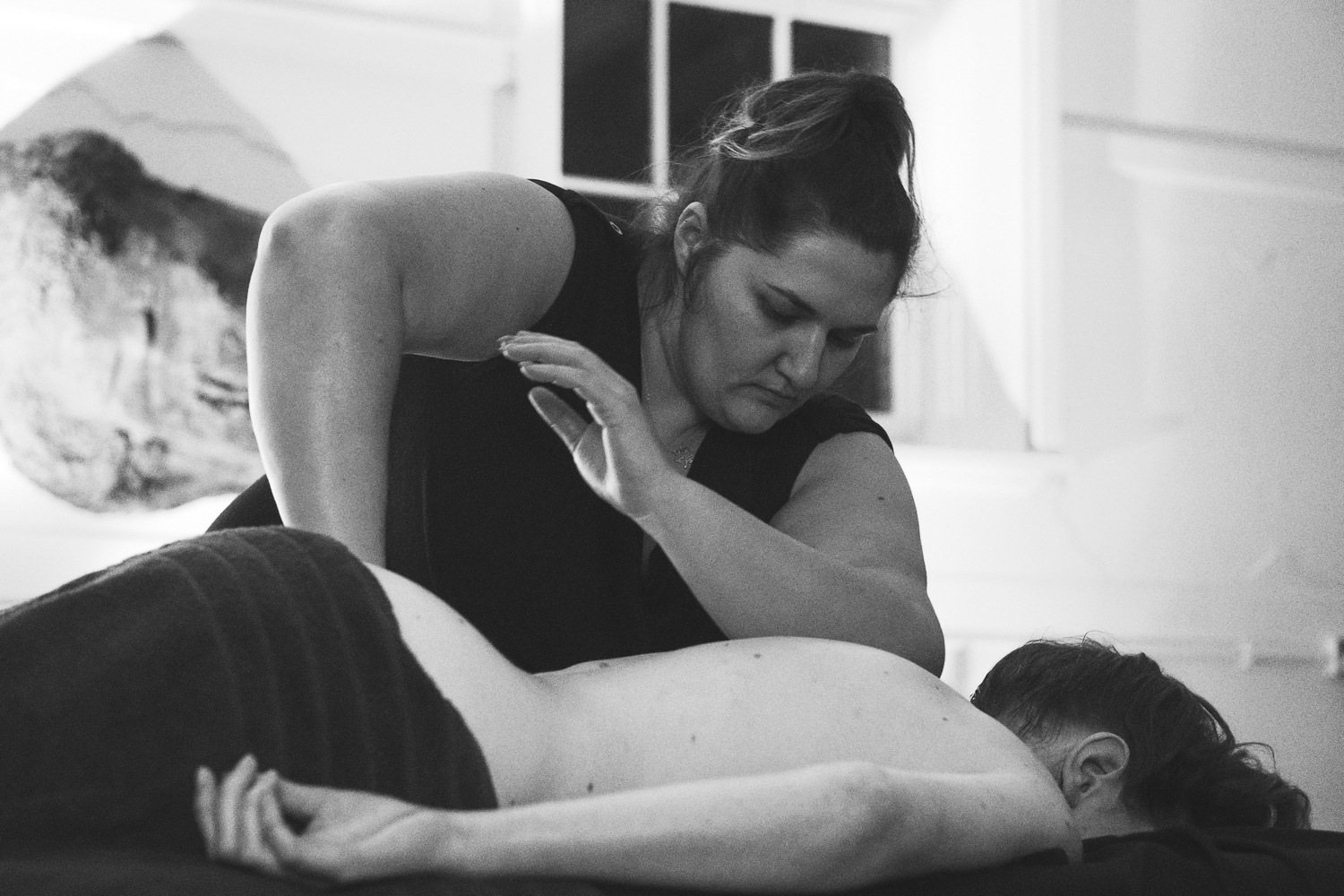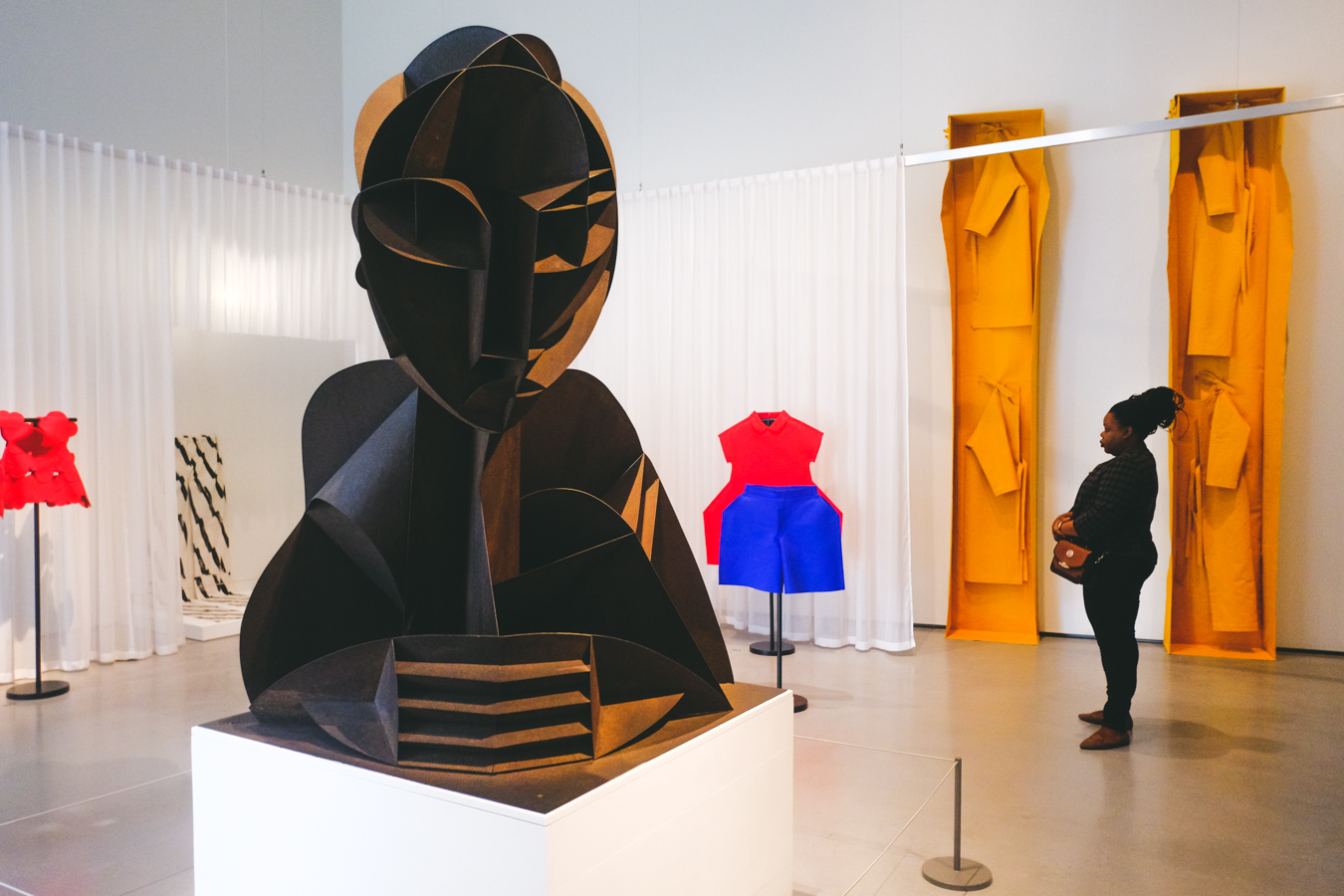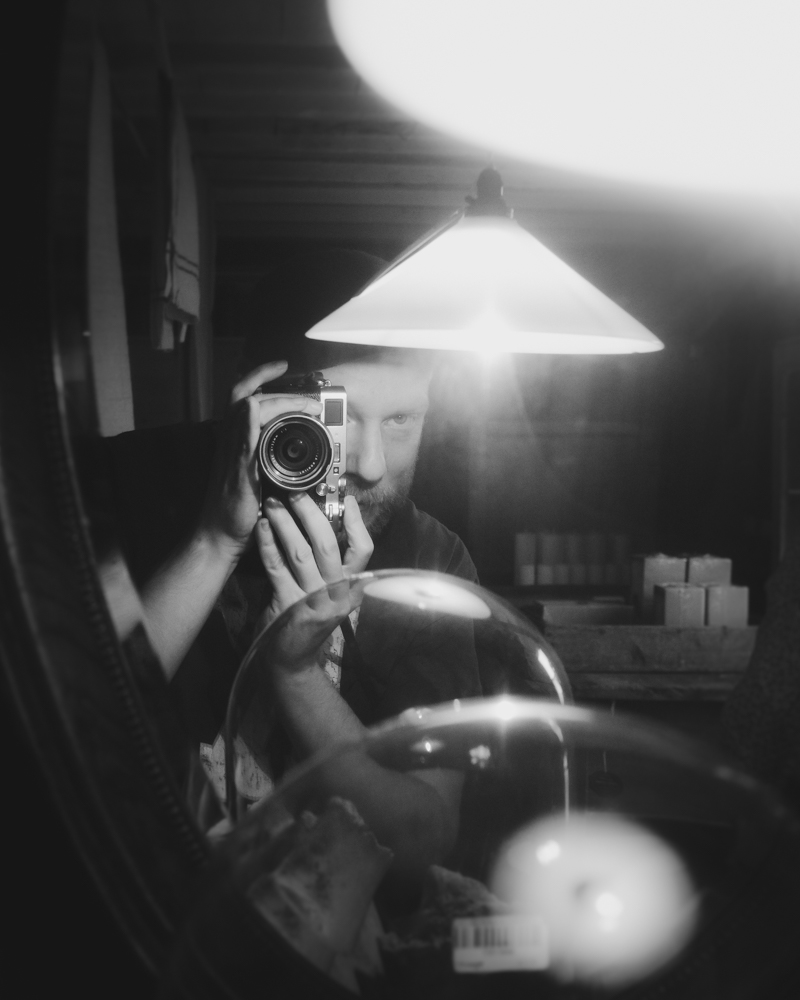Dance
Ten months since its initial release, it has been argued by some that the X-Pro2 is already obsolete, that it has been superseded by the new X-T2 which boasts 4K video and a more flexible continual auto-focus system. All I can say is that I've been shooting the X-Pro2 for six months now. It's accompanied me to wedding shoots, hikes, urban exploration, night-clubs and dance performances - and thus far it's handled everything thrown at it. What's more, it's a joy to shoot and begs to be picked up. Here's some thoughts on - no surprise here - my favourite camera to date.
Fujifilm seem to be doing something that no other camera company are doing. They're releasing cameras with the same sensor and the same processor, but each designed to perform a different function. Do you shoot sports and wildlife, weddings and fast-paced journalism? Well, you'll be wanting the X-T2 then. With the battery grip it's perfectly suited to the larger zoom lenses and it packs a continual auto-focus system that can be customised to keep track of the most demanding action. But if you prefer documentary and reportage photography, portraiture, street and travel - situations where a more considered, slower form of shooting predominate, where putting your subjects at ease and unobtrusiveness is all important - why then, you'll want the X-Pro2 or its baby brother, the upcoming X100F.
This is the sort of camera for those who have dog-eared copies of Mary Ellen Mark's American Odyssey. Who believe the epitome of cool to be Gordon Parks in a trench-coat in Harlem on a winter's day, Nikon F in hand. People who feel a frisson of Bresson when they raise that rangefinder-esque viewfinder to their eyes.
You know, people who can't afford a Leica. People like me.
Well it might not be a Leica, but the X-Pro2 is proudly in keeping with the old Japanese tradition of crafting high-quality cameras that attempt to capture the Leica magic at a price you can meet without selling your kidney. It's a camera that's happiest married to small and fast primes. Screw an 18mm f/2 on the front and keep a 35mm f/1.4 in your pocket and you've got a great documentary kit. It's telling that these two lenses accompanied the X-Pro1 at launch as a real statement of intent. Back then there was no zoom lens in sight, just a few small primes with great glass, all ready to shoot documentary.
Anyway, enough about the soul of the X-Pro2, how does it handle?
Like a dream. It retains everything that made its predecessor special, with some great new additions. First off you have the little focus-joystick that with a twiddle of the thumb allows you to quickly select any one of the focus points. Then there's the new ISO dial. Now, admittedly, quite a few reviewers seem not to have found favour with this return to this bit of old 20th century camera design. They argue that it is style over function. The ISO dial is housed inside the shutter speed dial, and to use it you have to lift and twirl to get the ISO you want. Personally I think it works great, and with a bit of practice you can adjust it easily with your eye to the viewfinder. If you don't like it then you'll be happy to know that a firmware update is coming soon that will allow you to use a command dial to alter the ISO instead. Oh, and finally you can maintain focus with a half-shutter press. I can't believe it took Fuji this long to implement this very basic feature. Its absence near drove me crazy on the older Fujifilm cameras. Other than that, all the buttons seem in the right place, the menu makes perfect sense and the thumb grip feels great. Everything feels right.
Wait, did I say everything? No, there are actually two minor quibbles with the design and both relate to that worthy viewfinder. The first is that the dinky diopter dial is too easy to knock out of alignment! Now and again - not often but just enough to be slightly annoying - I've looked through a blurry viewfinder and wondered if I'd suddenly become drunk. It takes a mere couple of seconds to adjust again, and it hasn't happened above say a dozen times in the six months I've had it but still... next time a stiffer dial please. The other problem is that the little cushioning eye-piece ring fell off and got lost. I can still use the camera just fine without any discomfort, but it is annoying and it seems to have happened to quite a few other owners too. Those are the only quibbles I have. Nope, for me, the only thing I think Fujifilm could really improve upon in a future iteration is by crafting a bigger and brighter viewfinder. I'm talking gosh-we-could-fit-a-drive-in-movie-theatre-in-here big, the sort you find in old film cameras. Yes, that would indeed be beautiful.
The JPEG Engine:
The Big Features:
Provia
Velvia
Astia
Pro-Neg Hi and Pro-Neg Standard
Classic Chrome
Acros B&W (Standard, Red, Yellow and Green filters)
Monochrome B&W (Standard, Red, Yellow and Green filters)
Increase from 16 to 24 megapixels
Increased shutter speed up to 1/8000
Electronic shutter speed up to 1/32000
Expanded native ISO of 12800
Focus Joystick
Acros Film Simulation
Weather-sealing
Dual Card Slots
So what's the image quality like? Well, I hope you can get an idea from the two photo-studies I've included with this review. This is the first camera that's seriously tempted me to only shoot JPEGs. Indeed, all the photographs included in this review are straight out of camera with just a little tone-curve tweak. All the classic film simulations are there from the previous models, including that glorious and warm-spirited homage to the old Kodak films, Classic Chrome. But you'll also find that the Velvia film simulation has been tweaked. On the older cameras I really didn't like the Velvia simulation, it seemed to be just Provia with some pumped up saturation and ugly contrast. But they've really reworked it and now, frankly, I find it quite beautiful. Whilst many might have visions of travel photography in the sub-continent Steve McCurry style as the best vehicle for Velvia, I find it actually works remarkably well for gloomy, misty, dour scenes both urban and rural. I'm a big fan of John Bulmer's colour photography of the North of England, circa the 1970s, and funnily enough Fujifilm's Velvia simulation seems well suited for that odd grim-up-North vibrancy.
But the big new draw is undoubtedly the Acros film simulation. Simply put it's beautiful, and it's ruined me for standard black and white. What's worse is that it has a magic in JPEG that can't fully be replicated in Lightroom, though Adobe take a noble stab at it. You see they've tweaked the noise you get at higher ISOs to be more in keeping with that beautiful fine grain you get in silver-halide films. At ISO 2000 the grain has a real beauty to it, but I also have a fondness for how it appears at the ISO 6400 to 8000 range, where images get a rather nice grainy texture. Indeed, all the images above were shot at that higher range. Yep, if you like black and white and can't afford the Leica Monochrome as you don't fancy the idea of selling your first-born into slavery, then this is the camera to get.
As for the RAW files, they hold up a lot better in Lightroom than the ones produced by the previous generation of X-Trans sensors. The foliage smudging issue seems pretty much fixed, the clarity slider can be used more freely without fear of muddying the image and the files just seem to come out sharper and are quicker to load. So far I've been happy with the way Adobe's Lightroom 6 handles my RAW edits, and I don't feel the need to experiment with any other processing packages. JPEG shooters will also be happy to know that the waxy-skin smoothing at higher ISOs has now been fixed, so long as you keep away from the stronger noise-reduction options.
One word of warning in using the Electronic Shutter mode indoors, under certain lighting conditions severe image banding can occur at certain shutter speeds. If you're shooting anything important indoors always carefully check the image on the back of the LCD first as the banding may not be immediately apparent through the viewfinder. I've noticed this more readily occurs with LED lighting, rather than traditional tungsten lighting. It doesn't happen often, but I'd hate for anyone out there to be caught out by it during something critical, like a wedding shoot.
Explore
My new found trust in JPEGs really has changed the way I operate. I used to shoot purely RAW and then slave over everything in Lightroom. Now I set the camera to RAW + JPEG Fine, using the dual card slot to save one file type on each. Often now for personal work I don't shoot RAW files at all, instead learning to place my trust in Fujifilm's JPEG engine. Since I can transfer the images via Wi-Fi to my tablet and give them a quick tone curve tweak in the Lightroom app, I can shoot and edit in the field and spend less time at the computer. And if I keep those RAW file back-ups, I always have the option later on of trying to create those new Lightroom presets I enjoy tinkering with so much. This way in neatly side-stepping the old RAW vs JPEG argument, it's a win-win situation for me. Plus it seems oddly right placing ones faith in the film simulations. After all, the simulations were designed by the same people who used to work on those beautiful old colour-negative and slide films.
Summary
It has been reasonably said that there are no bad cameras anymore. Some are better than others, sure, but all are capable of capturing a great image. More than a few war photographers have taken to using their smart phones to capture conflict, preferring mobility and anonymity in a world where press-journalists are deliberately targeted by security forces. Yet somehow with those tiny sensors and lenses they still deliver stunning photographs. Stacey Kranitz documents Appalachia through her Instagram feed, creating a body of work through her smart-phone that reveals more about the neglected people of the hollows than an expensive and obtrusive digital medium-format camera ever could. There comes a point where the race for faster and cleaner and sharper ceases to be important. What remains is a camera that makes you want to shoot.
The X-Pro2 is more camera than I am photographer, and I'm going to have to work long and hard to get the most out of its capabilities. For what I shoot, I simply don't need better. All I need is a rugged camera in tune with my vision that's addictive to shoot with and that is reasonably fast and responsive in the field. The X-Pro2 is all these things and makes a worthy successor to the X-Pro1. Finally, Fujifilm have a decently fast camera that simply works and works hard without reservation, and I can't wait to work some new projects with it this coming year.
Oh, and the noise that shutter makes when it oh-so-softly and quietly clicks? Heavenly.
If you've any questions or comments about my rigorously unscientific review or any of the images contained within, please feel to pop them below and I'll do my best to promptly get back to you. Also feel free to click Like, as it may release a minor rush of endorphin to the brain. Keep your eyes peeled for more photo-studies coming up, and a guide to using flash in nightclubs. Love and rockets to you all, happy shooting and stay sane out there.
Pete
Fashionable Disclaimer: I do not work for Fujifilm, nor do I receive any gubbins from them. The above ramblings are mine alone, though on occasion one of them has patted me on the back paternally for a nice photograph I've taken, in a manner of speaking.







